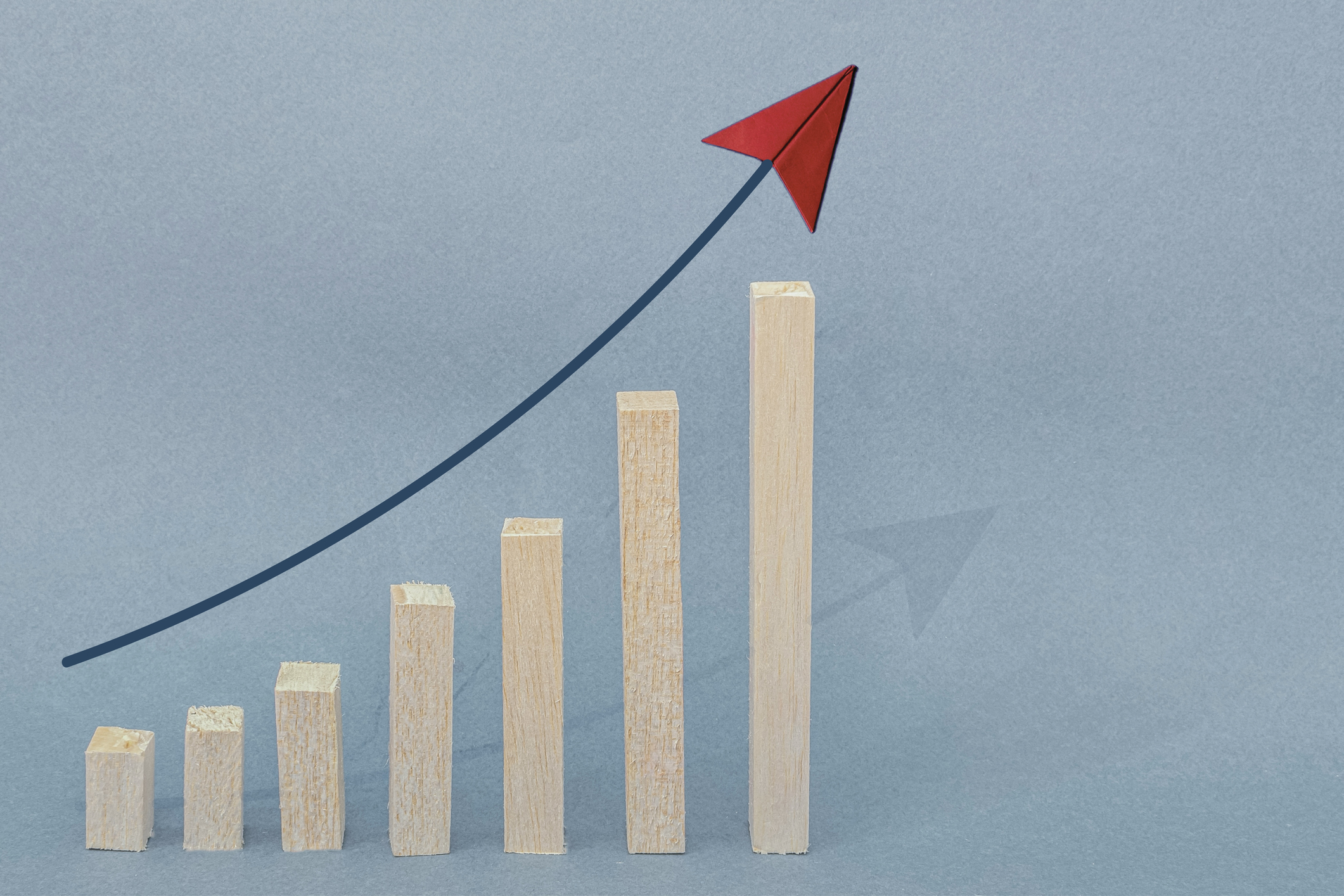Savings Account Balances By Age and Income. How Do You Compare?
Older generations have bigger savings account balances, while just over 50% of all adults, regardless of age, have more emergency savings than credit card debt.


A review of savings account balances shows most Americans don't have enough saved to get by for a few months without income, according to Bankrate and Federal Reserve reports. But one group is doing just fine: Boomers. How do you compare?
The median balance held by most Americans across all accounts is $8,000, including savings, checking, money market accounts and prepaid debit cards. And for most people, this is not enough to cover all their bills for several months in case they lost their jobs.
How much money you'd need to get by if you had no income for a few months varies depending on factors such as your age, where you live, and the size of your household. But what the Federal Reserve's Survey of Consumer Finances (SCF) and Bankrate's report on savings make clear is that most people are falling short. Unsurprisingly, the older you are, the better shape you're probably in financially.
From just $107.88 $24.99 for Kiplinger Personal Finance
Be a smarter, better informed investor.

Sign up for Kiplinger’s Free Newsletters
Profit and prosper with the best of expert advice on investing, taxes, retirement, personal finance and more - straight to your e-mail.
Profit and prosper with the best of expert advice - straight to your e-mail.
So when it comes to savings, how do you measure up?
Key Findings
- Households with older individuals tend to have higher account balances — up to about twice as high — than younger households.
- Only 31% of Gen Zers say they have enough savings to cover an unexpected $1,000 expense, compared with 43% of millennials, 36% of Gen Xers and 59% of baby boomers.
- The median transaction account balance in the U.S. is $8,000, including savings, checking, money market accounts and prepaid debit cards.
- The mean account balance is higher,
Average savings by age
According to Bankrate, households with older individuals tend to have higher account balances — up to about twice as high — than younger households, with two glaring exceptions.
First, households with individuals ages 45 to 54 had higher median balances than those with members ages 55 to 64, and second, households with individuals ages 65 to 74 had mean balances higher than those over age 74.
This makes sense as older individuals have had a longer time to build wealth and may be earning a higher salary or have inherited some of their wealth. On the other hand, younger individuals may have more debt, like student loans and car or house payments.
Average savings by education level
Again, based on SCF data, education plays a factor in savings account balances, with the largest median balance jump from those with some college ($5,200) to those with a bachelor’s degree ($23,700). This may be partly due to higher starting wages or savings opportunities employers offer, like a 401(k).
Average savings by income
Generally, a person’s income will correlate with how much an individual has in savings. In fact, according to Bankrate, income has the most consequential effect on bank account balance by far, with the median balance for the highest income bracket being more than 120 times than that of the lowest income bracket.
It’s also worth noting that the median account balance for those with annual income in the top percentile range is at least $77,800 more than those in the income tiers below.
Of course, expenses also play a part in how much a person can afford to tuck away each month versus how much goes to paying rent, paying off debt, car payments, credit card bills and other expenses.
Average savings by race and ethnicity
Individuals classified as non-Hispanic whites had significantly higher median and mean savings account balances than those in the Hispanic and Black categories — revealing a racial wealth gap. White families hold more than five times the wealth of the typical Black or Hispanic family, according to a 2019 Survey of Consumer Finances by the Federal Reserve.
For one thing, individuals of color often earn significantly less than their white counterparts. For example, according to data from the Bureau of Labor Statistics, white men’s median real weekly earnings averaged $415 in 2021, compared with $308 for Black men.
How much money should you sock away?
Many advisors recommend that workers stash away 15% to 20% of their income in certificates of deposit (CDs), money market accounts, savings accounts, and other places where money can be protected and grow.
But, at the end of the day, how much money you can put into a savings account will depend on your expenses. The best way to determine your monthly expenses is to create a budget that lists how much money comes in via your salary and subtract that from expenses, such as housing, transportation, groceries, entertainment and credit card bills.
You may also want to consult a financial advisor and consider high-yield savings accounts, which can earn you more on your money over time.
Other key statistics
- 98.6% of households have a transaction account, such as a savings account.
- Singles and younger adults tend to have lower transaction account balances.
- Less than half of U.S. households said they could cover an unexpected $1,000 expense, like a car repair or medical bill, as of December 2023 polling.
- About 70% of households haven’t seen an increase in their emergency savings balance over the past year.
- As of December 2023, slightly over half of U.S. adults had more emergency savings than credit card debt.
- Nearly three-fourths of adults surveyed in June 2023 say they are not currently financially secure.
Related Content
Profit and prosper with the best of Kiplinger's advice on investing, taxes, retirement, personal finance and much more. Delivered daily. Enter your email in the box and click Sign Me Up.

For the past 18+ years, Kathryn has highlighted the humanity in personal finance by shaping stories that identify the opportunities and obstacles in managing a person's finances. All the same, she’ll jump on other equally important topics if needed. Kathryn graduated with a degree in Journalism and lives in Duluth, Minnesota. She joined Kiplinger in 2023 as a contributor.
-
 Tariffs, Inflation, Uncertainty, Oh My: How to Feel Less Stressed About Finances Now, Really
Tariffs, Inflation, Uncertainty, Oh My: How to Feel Less Stressed About Finances Now, ReallyTariffs, high prices and an uncertain economy getting you down? These steps can help.
-
 IRS Updates Capital Gains Tax Thresholds for 2026: Here’s What’s New
IRS Updates Capital Gains Tax Thresholds for 2026: Here’s What’s NewCapital Gains The IRS has increased the capital gains tax income thresholds for 2026. You'll need this information to help minimize your tax burden.